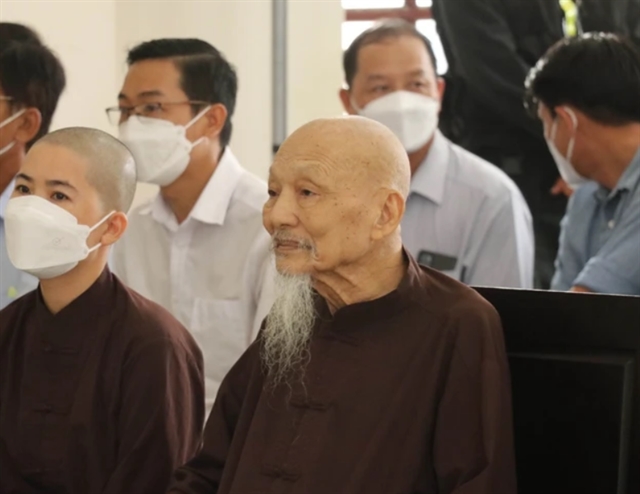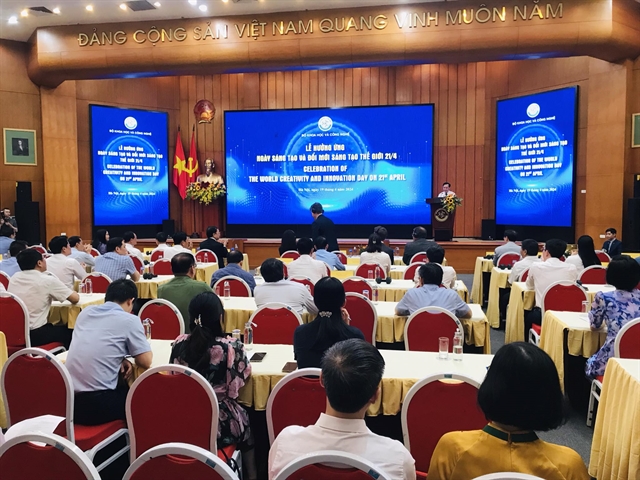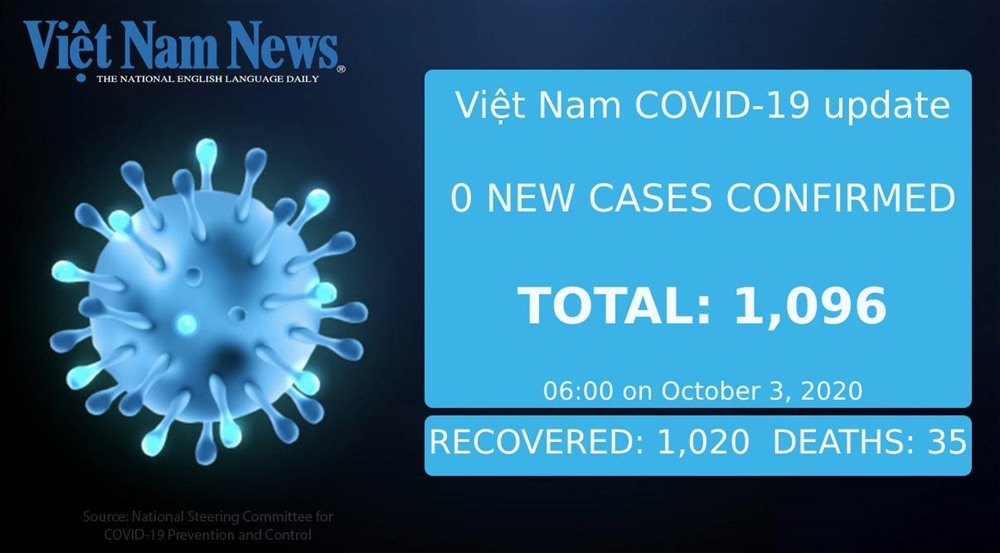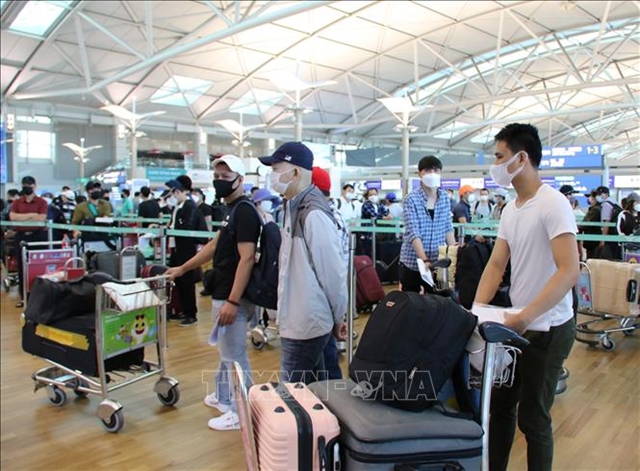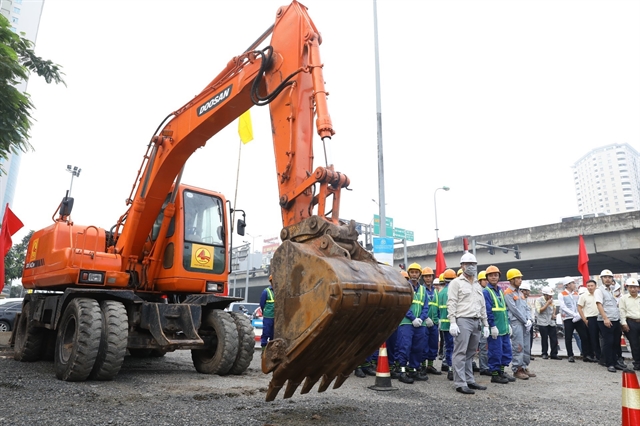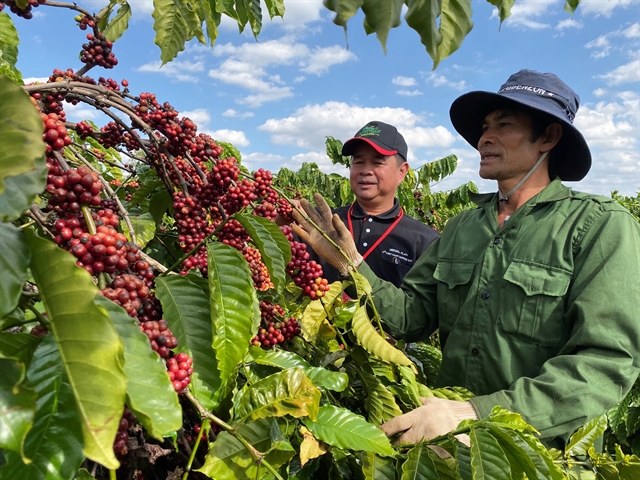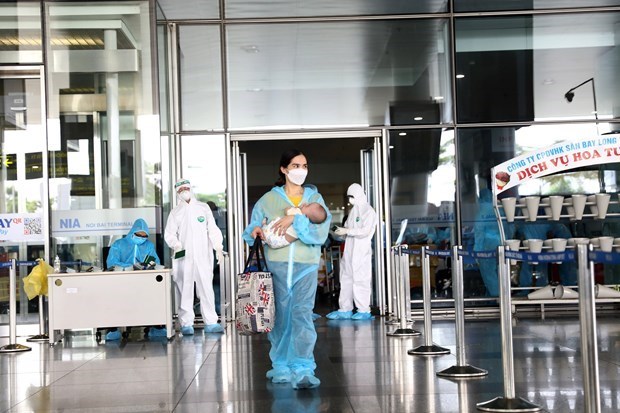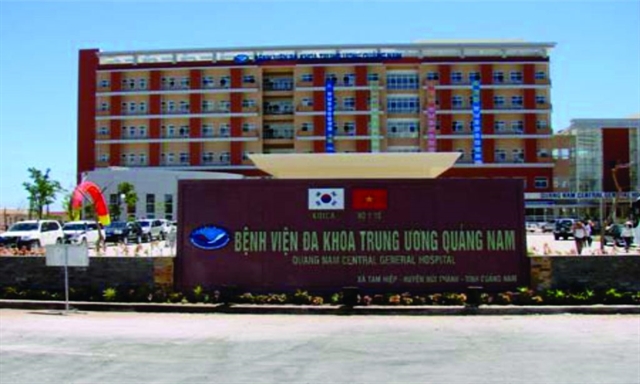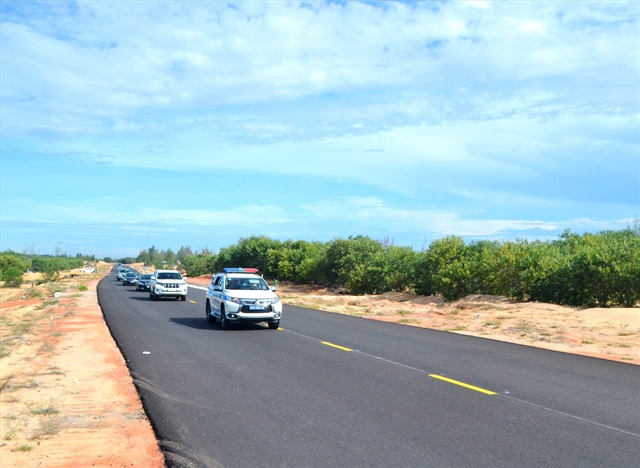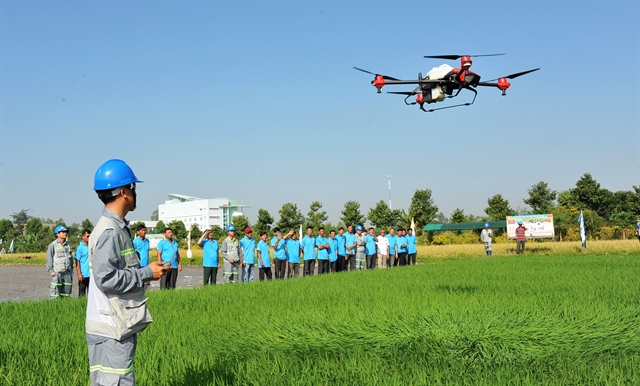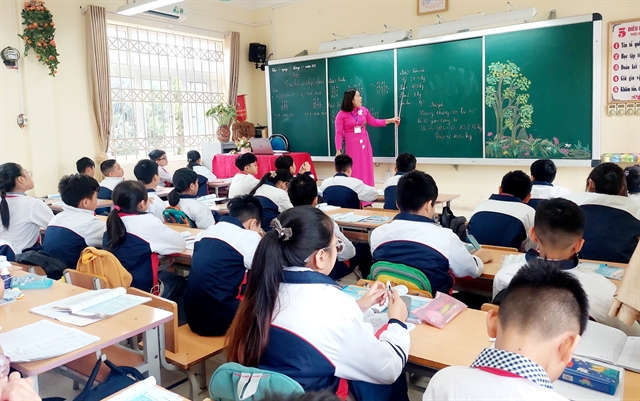
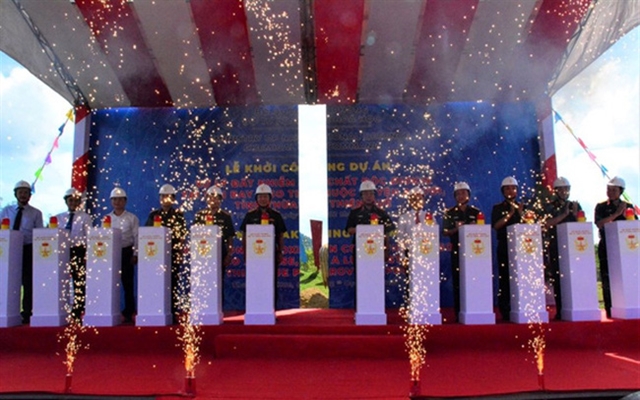
|
| The dioxin-remediation project at A So Airbase was launched on Friday in Thừa Thiên-Huế Province. — Photo qdnd.vn |
THỪA THIÊN-HUẾ — About 35,000 cu.m of dioxin-contaminated soil at A So Airbase, central Thừa Thiên-Huế Province, will be remediated under a project conducted by the Ministry of Defence.
The project kicked off on Friday morning and will be completed in two years with an investment of about VNĐ70 billion (US$3,050).
The A So Valley in A Lưới District was used by the US military as a field airport and a chemical storehouse during the American War.
Between 1961 and 1971, the US sprayed more than 432,000 gallons of herbicide, containing 11kg of dioxin, over Thừa Thiên-Huế Province.
Nearly 16,000 people in the province are now exposed to Agent Orange/Dioxin. A Lưới District alone has about 5,000 dioxin-affected people.
Among 35,000 cu.m of soil that needs remediation at A So Airbase, about 6,600 cu.m is heavily contaminated.
The Ministry of Defence has assigned the Chemical Command to be in charge of the dioxin remediation project.
The National Action Centre for Toxic Chemicals and Environmental Treatment is responsible for studying treatment technology.
Through analysis and assessment, the centre decided on landfill and isolating technology and will continue to study methods to completely clean contaminated soil.
Landfilling and isolating technology were used to decontaminate Phù Cát Airport in Bình Định Province, Biên Hòa Airbase in Đồng Nai Province and showed positive results and safety for the environment and human health.
Dioxin is one of the toxic chemicals contained in Agent Orange, a defoliant that was sprayed over large swathes of Việt Nam by the US military during the American War.
The chemical causes cancer, damages genes and has inflicted deformities on generations of people exposed to it. It also contaminates soil, lakes and rivers, putting many lives at risk. — VNS
